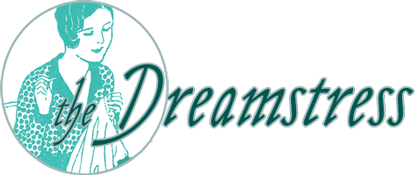Terminology: What is a balmacaan?
We’ve looked at items of womenswear like swiss waists, and fabric for womenswear like aerophane. I think it’s high time for a menswear terminology post. How about a balmacaan? A balmacaan is a single-breasted, unstructured calf-length overcoat with raglan sleeves and a Prussian collar, usually made of tweed or gabardine. Balmacaans started as menswear in the mid-19th century, and were adopted for womenswear at the end of the century (sorry, can’t help it. Pretty much every article of menswear has been incorporated into womenswear at some point). They were particularly popular as motoring coats for women in the first few decades of the 20th century. The name balmacaan comes from the Balmacaan estate which is near Inverness in Scotland. Intriguingly, the term balmacaan for a coat does not seem to have been used in New Zealand, though one of the few New Zealand-born hereditary lords, the 11th Earl of Seaford, inherited the estate as part of his baronetcy. Balmacaans are definitely meant as outerwear. Their loose shape makes them eminently suitable for pulling over layers …
